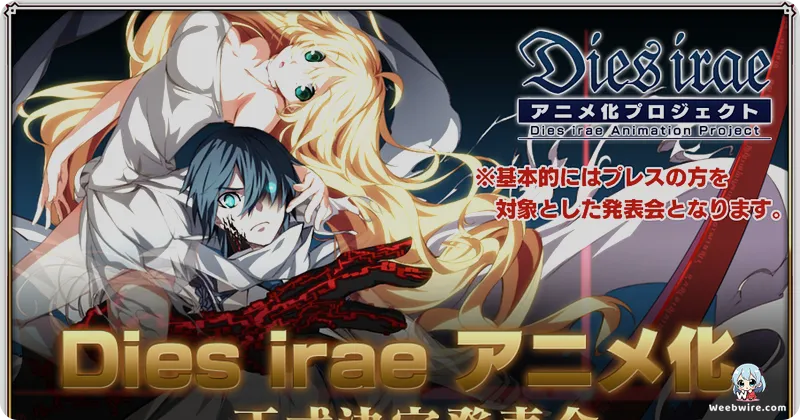The Longinus Legacy: Unpacking Dies irae's Esoteric Power System and Historic Crowdfunding Triumph

The 2017 anime rendition of Dies irae, helmed by Genco, represents more than just a supernatural action series. It is a profound testament to the sprawling, intricate narrative woven throughout the original visual novel (VN) series from developer Light. For both veterans of the source material and those newly discovering this dark fantasy, the path from niche VN sensation to televised adaptation is filled with compelling insights into its production challenges, deep philosophical underpinnings, and the extraordinary commitment of its global fanbase.
Adapting a Monumental Narrative
Perhaps the single most formidable hurdle during the anime’s production was the necessity of condensing a monumental, hundreds-of-hours-long narrative specifically the definitive Dies irae: Amantes amentes into a brief 12-episode run. The VN is notorious for its sheer scale, featuring multiple character arcs, each mandatory for fully grasping the intricate power hierarchy (Hadou and Gudou Gods) and the sinister machinations of the primary antagonists, the Longinus Dreizehn Orden (LDO).
This aggressive compression, while necessary, resulted in a swift pace and limited exposition, often leaving viewers unfamiliar with the lore struggling to keep up. This outcome underscores the sheer magnitude of the original text, positioning the anime less as an entry point and more as a crucial visual supplement for its dedicated readership.

Unprecedented Fan Funding Success
Furthermore, the adaptation’s financial journey is a story of unprecedented fan loyalty. The Dies irae anime was substantially financed through what became one of the most triumphantly successful anime crowdfunding initiatives in Japanese history at the time. Launched in late 2015 with an initial target of 30 million yen (roughly $270,000 USD), the campaign utterly shattered expectations, ultimately securing over 96 million yen a figure more than triple the original goal.
This incredible outpouring of support underscored the fervent desire among VN aficionados to witness this complex, lore-driven saga translated onto the screen, showcasing a level of community dedication rarely afforded to specialized titles. This financial boost significantly empowered the production committee, reflecting the high faith fans placed in original creator Takashi Masada and the project’s ambitious scope.
Occultism and Philosophical Foundations
The core narrative itself is saturated with esoteric concepts and historical occult references. The LDO, the central antagonistic force, is inextricably linked to themes of Nazi mysticism and the relentless pursuit of transcendent power. Key figures within the LDO are heavily inspired by history and mythology; for instance, Reinhard Heydrich embodies philosophical tenets regarding destructive ambition and self-actualization, while the enigmatic Mercurius is often theorized to be connected to legendary occultists such as the Count of St. Germain.
This immersion emphasizes the VN’s deep dive into European magical traditions and legendary artifacts, most notably the Spear of Longinus (Lanza del Longinus), which gives the organization its moniker.
The 'Thrones' Power System
Crucial to the action is the unique 'Thrones' power system, rooted in Nietzschean philosophy regarding the 'will to power.' This framework asserts that select individuals can attain 'God' status by manifesting their intrinsic desire (Hadou) or their absolute law (Gudou) onto reality. The capabilities of central characters, including Ren Fuji and the LDO members, are directly correlated to their psychological fortitude and willingness to impose their will upon the cosmos. This dense, philosophical stratification cemented the VN's cult status, demanding thorough analysis for full appreciation.
Finally, the auditory landscape is indispensable; composer Keishi Yonao crafted an intense, operatic score, frequently employing German and Latin choral arrangements to underscore the mythological weight. Dies irae stands as a unique landmark, demonstrating how profound fan commitment and deep, esoteric lore can successfully propel a massive project, even when the final medium struggles slightly to contain its sheer textual density.
Credits
Dies irae
Author
Takashi Masada
Cover Art
G Yuusuke
Studio
ACGT
Publisher
Light (Visual Novel developer)
Producers





